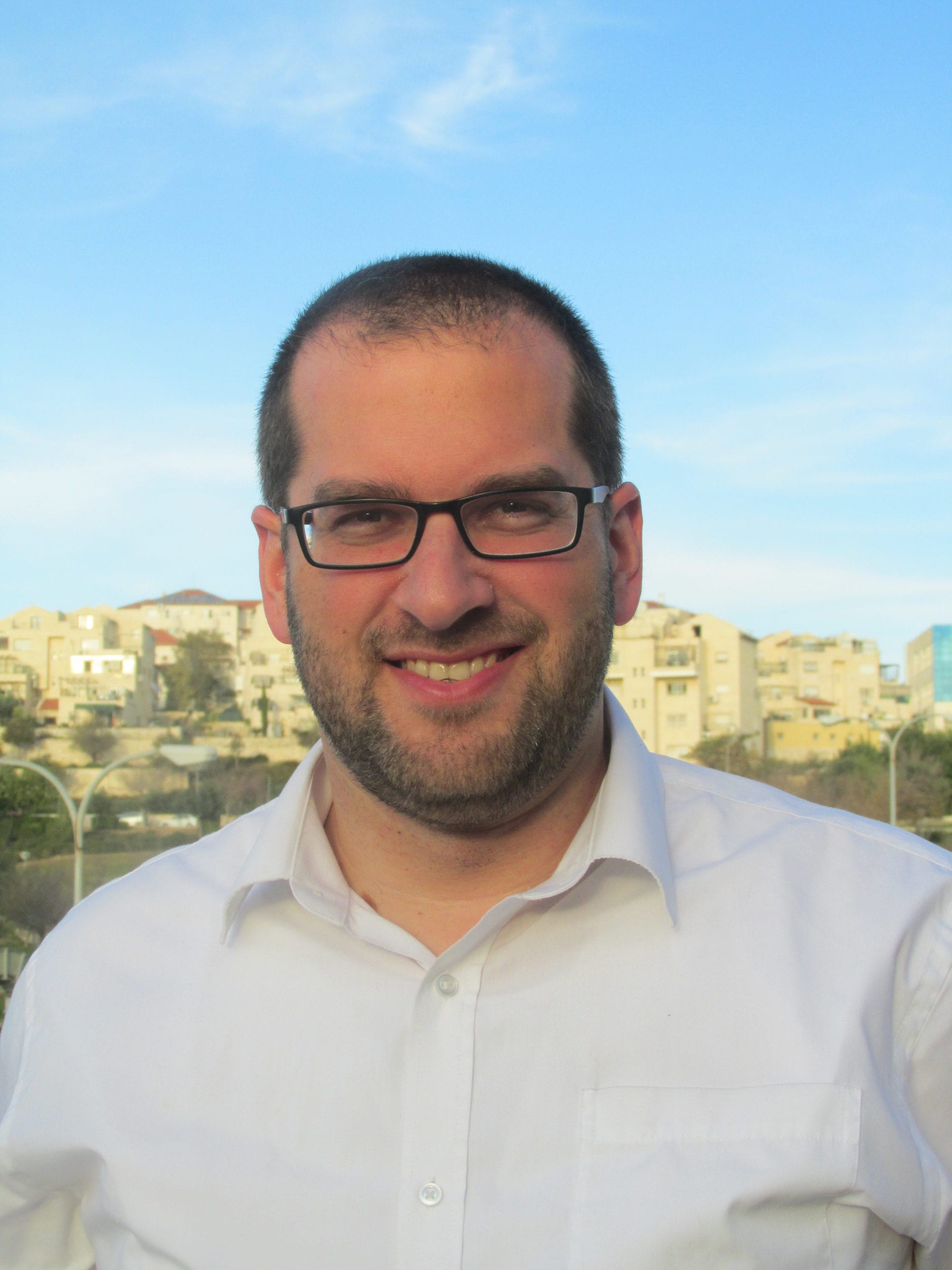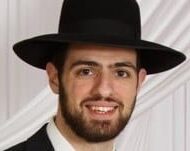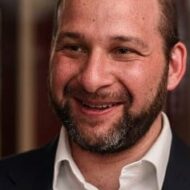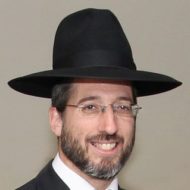
Hashem said to Avraham ‘Go for yourself, from yourland, from your birth place, and from your father’s house to the land that I will show you’ (Bereishis 12:1). Rashi says that the destination was not revealed immediately in order to endear the mitzvah to Avraham and to give him reward for each separate word. Therefore according to Rashi there was just one mitzvah, to leave, but to increase his reward it was split into 3 parts. Rav Chaim Brisker explains that usually when a person goes from place to place, he leaves his house, then his birth place, and then his country, why then is the order reversed in this instance? He explains that in fact this teaches us that there were 3 separate mitzvos here; had it been written in the usual order, then we would have understood it as being just the one mitzvah, to leave his land. The order would have been just the normal order one follows. The reversing of the order shows us that in fact it is 3 separate mitzvos. So now we understand the words of Rashi; that the lengthening of the instruction was to give more reward for each word, that it was in fact 3 separate mitzvos.
Rav Leib Chasman asks what was the difference between Avraham and Lot? Lot also travelled with Avraham, he wasn’t even commanded by Hashem to go, so maybe it was harder for him and he was greater? Yet we see that Lot ended up in Sedom, intermingling with the locals, and with its outcome. How did it go so wrong for Lot? He answers by explaining that you can have a person who wants to move upwards in a particular trait, he puts in the effort, but never seems to actually move up. Why is this? The answer is that he never really let go of his past. Either his actions or his hashkafos, were left intact. He may have taken something on cosmetically, but he was stuck in the past because he never truly exorcised what he needed to. Says Rav Chasman, a person who wants to truly move up, in Torah, or yirah, or middos, has to exorcise the past. Only once that is done, can he be receptive to acquiring the good traits; and they will take a hold inside him.
This idea is seen in the order of our verse ‘from your land, from your birth place, and from your father’s house’. These refer to 3 influences that were needed to be discarded. The order goes from the lightest to the more intense influence. Firstly one’s country, that is relatively easy to separate from. Then one’s birthplace, until finally one’s family. Once one exorcises those influences, then he is ready for ‘the land that I will show you’.
That was the difference between Avraham and Lot. Avraham first forsook the negative influences, thus he could really soar upwards. Lot meant well, he also wanted to be great like Avraham. However he didn’t forego his past, he hang on to it. Therefore as soon as a small challenge came Lots way, he failed miserably. He saw some nice pastures, said goodbye to Avraham, and settled as far as Sedom.
Rav Chasman says we see this problem greatly in our generation. You have people who intellectually want to move up, but they remain in their place. One who doesn’t look for ways to uproot and separate his past, he is a talmid of Lot. He may hang around Avraham for a bit, but he will separate when it suits him and go his own way. One who wants to purify himself, and leave behind his former culture, he will then soar in Torah and Yiras Shomayim. Rav Chasman points out this doesn’t mean one shouldn’t start to do good until one has exorcised everything, rather one should work on both at the same time, and then one will soar upwards. But just to add mitzvos to his veneer of non-Torah values will not help him attain any real growth.
Let’s face it. Many of us are brought up with the culture of Hollywood, soccer, technology and whatever else. If one learns Torah without trying to exorcise any of this, then it’s just Torah placed on Hollywood. Nothing will come out. It will be ‘Torah im Hollywood’. If one starts the process of exorcising these alien ideas, then the Torah will find a welcome home within which to take root in, and will flourish quickly. In other words you can’t remain with the culture and ideals of goyim, and have some mitzvos superimposed. Get rid of the goy lurking within, and the path to growth is waiting. We also see this idea in the verse ‘remove from evil and do good’. First we are told to remove the evil from within us, and then we can do good, and that good will be truly good.
We find this idea also later on in the parsha regarding the mitzvah of bris mila. The Beis Halevi brings a discussion of the Rishonim as to whether one is removing a blemish, or is adding something positive, an extra kedusha that he didn’t have before. The Beis Halevi says that in fact both elements are present. On the one hand, the orlah is a somewhat derogatory matter, that its removal is needed, as in the verse ‘walk before me and be perfect’ (Bereishis 17:1). On the other hand the bris is also described as a holy covenant with Hashem, showing that it’s like the receiving of something extra, a higher level of kedusha.
The Beis Halevi then says we see these two aspects in the mitzvah of Mila. There is the cutting, and what’s known as the priah. The cutting is the removal of the orlah, and removes the bad. Then the priah is done which is the mark of the holy bris, the addition of kedusha to the new baby.
No discussion of bris mila would be complete without mentioning the words of the Sefer Hachinuch (Mitzvah 3). He says that in the same way one can make a change on one’s flesh which leads him to perfection, so too is it within his ability to make a change in one’s nefesh to reach towards perfection. People often think how can I change, I was born this way, it’s too difficult to be a real Jew. Yet the mitzvah of Mila tells us we can re-cut ourselves out for better things. Nothing is impossible.
Let us conclude with some lomdus. As we know, the avos kept the whole Torah even before it was given. The question then is asked, why did Avraham wait until Hashem commanded him, instead of doing it off his own accord beforehand? The Brisker Rav says that the definition of the mitzvah is that it’s a covenant between Hashem and the person it’s performed upon, therefore it wouldn’t have been fulfilled until Hashem had commanded this bris to be made. Another answer he gives is that the mitzvah of mila can only be performed upon one who has the status of being an orel (uncircumcised). Once it is performed, that person has the status of being mahul (circumcised). The mitzvah is to remove what is classified by the Torah as the orlah. Only post Hashem’s commanding, was it given the status of orlah that would then have to be removed. Beforehand, there was nothing that was called orlah that had to be removed, so it couldn’t have been fulfilled before the commandment was given.
Another answer is brought down by Rav Yaakov Naiman, who says if there was not yet a commandment of mila, then to do so would be causing harm to one’s body. This even a ben Noach is commanded against. Therefore Avraham couldn’t have performed mila without the mitzvah, as there was the prohibition of harming oneself that existed beforehand. Rav Yaakov Naiman’s own answer is that the gemora says only one who is obligated in mila, can perform it on others, if one is exempt himself then he cannot perform it on others. Seeing as Avraham had no obligation on himself, he could not perform the mila on himself either.
If you wish to receive a weekly email like this from R’ Jonathan Shooter send a message ‘subscribe’ to jonathanshooter613@gmail.com







